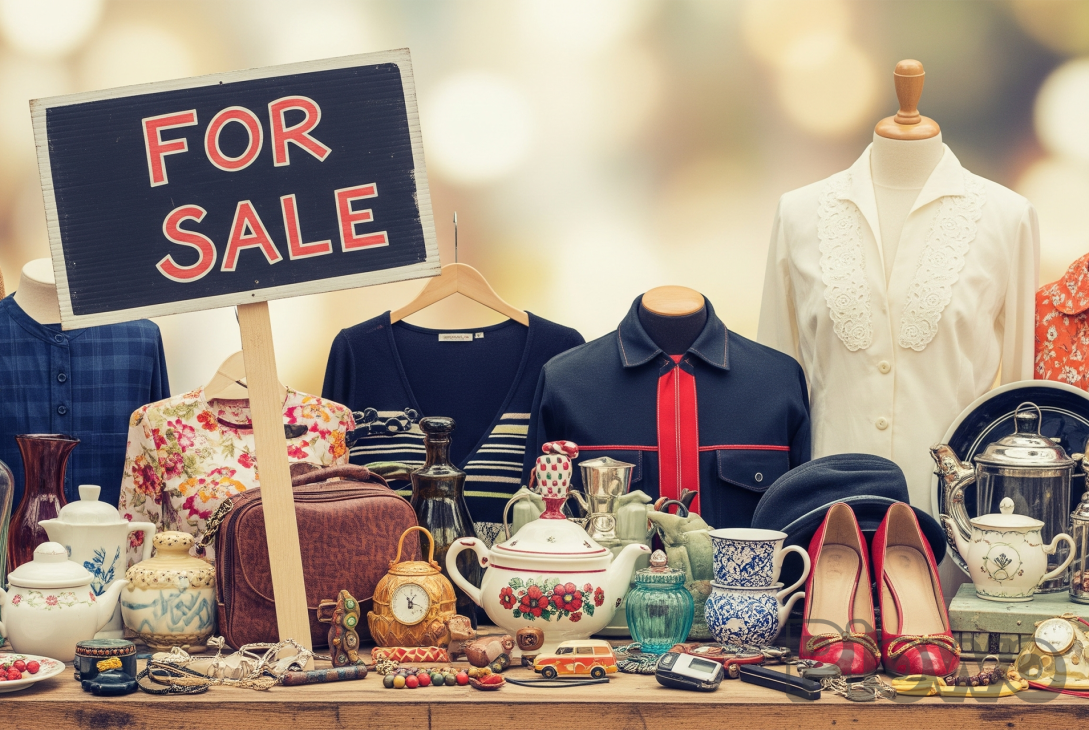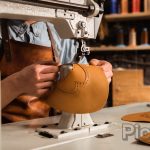In the face of climate change, the second-hand sector is attracting an increasing number of consumers. The global second-hand market is worth 105 billion dollars, with second-hand fashion accounting for 33 billion dollars of this figure. Would you like to open a second-hand shop and sell second-hand clothes?
Which type of second-hand shop should you choose for your business start-up project?
If you want to open a second-hand clothing shop in France, there are two options:
- Open an online shop from home.
- Open a physical second-hand clothing shop.
- Opening an online shop from home
- Online sales of second-hand clothes are growing exponentially, particularly due to the increased popularity of specialist marketplaces.
Starting an online second-hand clothing business requires only a limited initial investment, mainly in stock and the necessary digital tools.
Selling products online requires expertise in photography, product descriptions and logistics.
To stand out from the crowd, it is advisable to specialise in a specific niche, such as luxury, streetwear or vintage clothing.
Micro-entrepreneur status is often the most suitable legal framework for getting started.
Opening a physical vintage clothing shop
Opening a second-hand clothing store requires careful consideration of the commercial location, as this is crucial to the project’s success.
To make your second-hand clothing shop stand out, you should offer a carefully curated selection of items, a unique atmosphere, and additional services such as customisation.
How much does it cost to open a second-hand shop?
The amount required varies considerably depending on the business model chosen.
For a physical shop in a town centre, you should expect to make an initial investment of between $50,000 and $90,000.
If you choose to sell second-hand clothing online, the initial investment is more modest, ranging from $5,000 to $10,000. This amount mainly covers the initial stock and setting up the e-commerce site.
In both cases, you should ensure that you have enough cash to cover fixed costs for the first few months of business (a minimum of three to six months).
Additionally, at least 10% of the budget should be allocated to a marketing strategy. This is essential to ensure the company’s visibility right from the start.
What steps are involved in setting up a profitable second-hand shop?
This is not a project that can be improvised. Here’s a closer look at the nine steps to success:
- Carry out a market study.
- Prepare a business plan.
- Finding out about financing options and financial assistance.
- Choosing your legal status;
- Completing the administrative formalities involved in setting up your business.
- Opening a business bank account.
- Finding business premises.
- Building up your stock of second-hand clothes.
- Finding your first customers.
- Carry out thorough market research.
- Thorough market research is the cornerstone of any successful second-hand clothing business.
Start with a detailed assessment of the local market and the existing competition, both physical and digital.
To structure this study effectively, focus on the following:
- a demographic analysis of your catchment area;
- the buying habits of your potential customers;
- the price positioning of your competitors;
Current trends in the vintage market.
Prepare a business plan.
The business plan is the strategic roadmap for opening a second-hand shop.
This essential document must present a clear and realistic vision of your business concept while demonstrating its financial viability.
It will not only convince your financial partners, but also help you to manage the development of your business effectively.
You will need to detail your unique market positioning, whether you specialise in high-end vintage, streetwear, or sustainable fashion.
Financial projections should cover at least three years, with a particular focus on the first year of operation.
A well-prepared business plan must include:
- The initial financing plan;
- The projected income statement;
- The monthly cash flow plan;
Find your first customers!
Acquiring your first customers requires a targeted, multi-channel marketing strategy.
The launch period is crucial for establishing your reputation and generating positive word-of-mouth publicity. A well-planned opening event can create a lasting impression and generate significant footfall when your second-hand shop opens.
Your digital communication strategy should focus on building an active presence on social networks, particularly Instagram and TikTok, which are popular with vintage fashion enthusiasts.
Here are several ways to maximise your local visibility:
- Develop partnerships with local influencers.
- Take part in neighbourhood events.
- Create regular events in your second-hand clothing shop;
- Invest in local SEO.
how to start a thrift store make money with thrift store profitable second-hand business resale shop success tips second-hand retail strategy second-hand shop tips second-hand store business plan thrift store startup ideas used items shop guide vintage shop tips
Last modified: July 21, 2025













